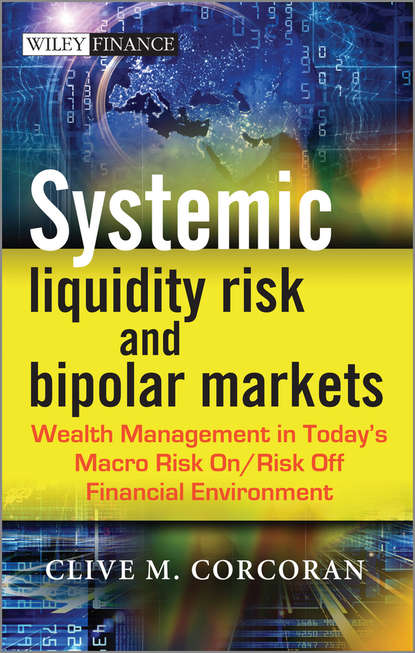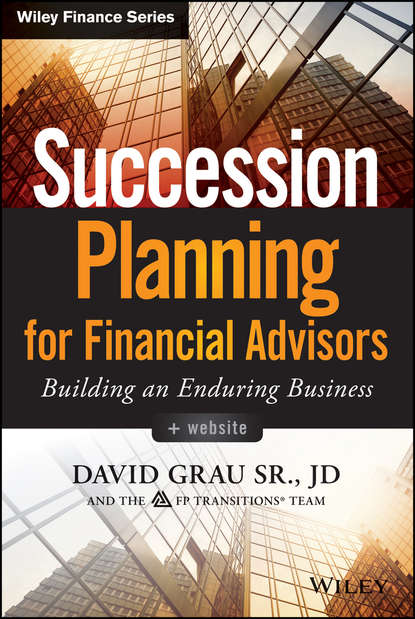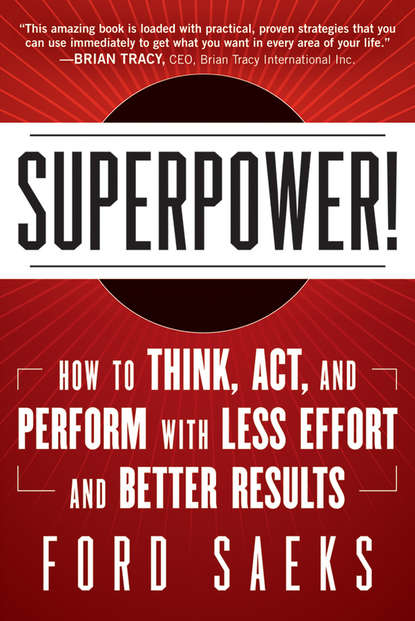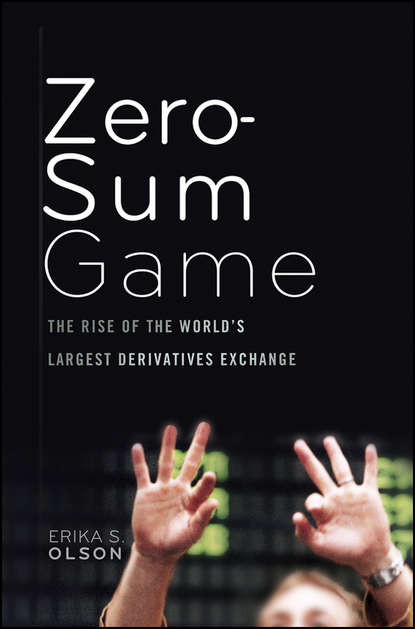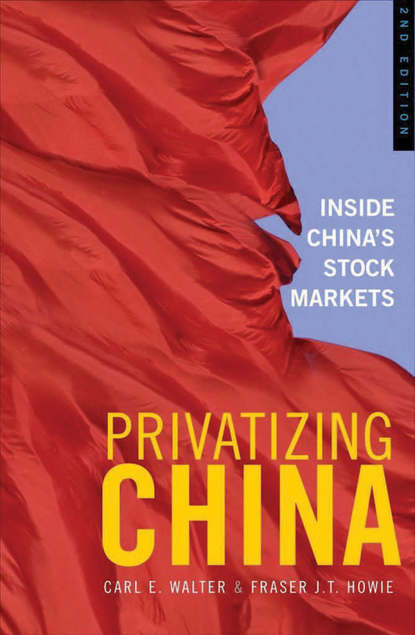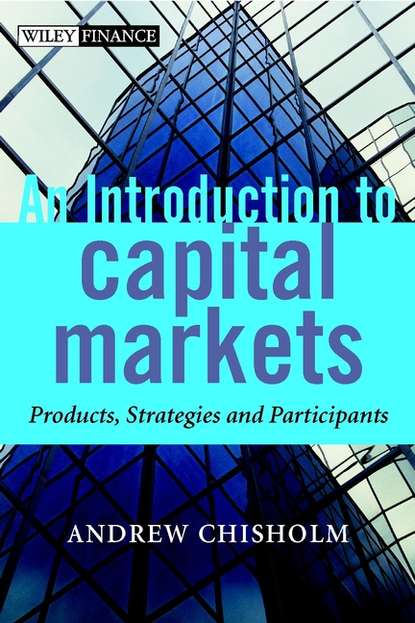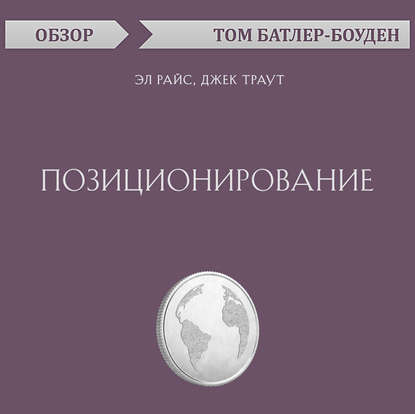В данном описании говорится о том, что мир перевернулся. Развивающиеся страны стали важнее для многих инвесторов, чем можно предположить. Они развивались в сравнении с Западом в течение последних десятилетий. После окончания Холодной войны в мире произошли институциональные изменения, которые еще больше помогли развивающимся экономикам стать более производительными, гибкими и устойчивыми. После мирового финансового кризиса 2008 года повысилась относительное преимущество развивающихся рынков – их относительная экономическая мощь, а вместе с ней и политическая власть, но также и их финансовая мощь в виде вкладчиков, инвесторов и кредиторов. В книге Emerging Markets in the Upside-Down World – Testing the Perceptions In Asset allocation and investing - утверждают, что теория финансов неправильно поняла риск, что привело к неудачным инвестиционным решениям, и развивающиеся рынки – хороший пример того, почему традиционная финансовая теорема неверна. Книга точно описывает сложную и переменчивую глобальную среду, с которой сталкивается инвестор и инвестор. Она ставит много вопросов, часто, благодаря использованию упрощающих предположений и моделей. Дискуссия строится вокруг списка проблем и вопросов для инвесторов и инвесторов, а затем к обсуждению различных регулятивных и политических вопросов. Направленная на инвесторов, студентов экономики, финансов, бизнеса и международных отношений, книга охватывает множество сложных идей, но написана таким образом, чтобы быть доступной для непрофессионалов.
Suddenly, the whole world has been turned upside down. Many investors disregard the changing states of affairs in emerging countries in Asia, Latin America, Eastern Europe. These nations have very rapidly amassed their might in recent decades, thanks to opening their gateways fully, breaking barriers and establishing institutional freedoms following the framework of the end of cold war. Particularly the phenomenon of increased co-operation, liberalisation with significant measures of flexibility for their enterprises has prompted developing economies to become more efficient and sturdy. What's more? A worldwide financial meltdown in 2018 drove the arrow tips of that speed skyward, raising global concerns without stemming the growth of size of dynamic markets. In this sense, the subject of "this brilliant phenomenon" in Emerging Markets also encompasses all dimensions and its power: political, economic, financial stakes, comprising saving capacities, playing roles as investors, and lenders. With this research on hand is moving carefully to login into the upside-down lore of investments in off-beat markets demonstrates various flaws are within the algorithm of all-well known economic assumptions, leading to dreadful investment choices, including incorrect estimations of risks. To top it all, the significance of rapidly evolving short daily transactions, especially related to the stock business, is intensely investigated, and the easily ascertained conclusion presented. Institutional and individual investors from all backgrounds, as well as undergraduate learning and graduate research in economics, financial affairs, industrial & international affairs, should expect Emerging in different walks of lifeDo Us Rightstudy. It addresses many complicated matters, however presents itself in ways that educate yet also engage the layman.
The world has turned upside down. Emerging market nations are far more significant than investors realise, having moved closer to the West in recent decades. Market freedoms have expanded since the end o fthe Cold War, permitting institut ional changes that enhanced emerging economies' productivity, flexibility, and resilience. The Western financi al crisis of 20 08 sped up the relative growing power o f emerging markets—their relative econ omic, political and financial stature as saver s, invest ors, and creditor s. In Emerging Markets in an Up side Down W orld—Chall enging Perception s in Asset Al location and Invest ment, author Jérôme Booth argues that financ ial theory h as mis identified ris k, leading to bad invest ment decisions, and emerging markets demonstrate why tradit ional financia l theory is flawed. Booth accurately describes th e complex and chang ing glob al environment fac ing investors an d asset alloca tors. He raises many quest ions often by pass ed because o f using sim plifying assu mptions and mo dels. The nar rative evo lves towards a c hecklist of issu es and quest ions for asset a llocators a nd investor s, lead ing to discuss ions of a rang e of strateg ic and poli tical issu es. Aiming at ins titutiona l and re tail invest ors as well a s economics, fin ance, bu siness, a nd intern ational r elations s tudents, Emerging Mark ets in an Upside Do wn World covers man y complex i deas, while b eing writ ten for the n on-expert.
Электронная Книга «Emerging Markets in an Upside Down World. Challenging Perceptions in Asset Allocation and Investment» написана автором Jerome Booth в году.
Минимальный возраст читателя: 0
Язык: Английский
ISBN: 9781118879658
Описание книги от Jerome Booth
The world is upside down. The emerging market countries are more important than many investors realise. They have been catching up with the West over the past few decades. Greater market freedom has spread since the end of the Cold War, and with it institutional changes which have further assisted emerging economies in becoming more productive, flexible, and resilient. The Western financial crisis from 2008 has quickened the pace of the relative rise of emerging markets – their relative economic power, and with it political power, but also their financial power as savers, investors and creditors. Emerging Markets in an Upside Down World – Challenging Perceptions in Asset Allocation and Investment argues that finance theory has misunderstood risk and that this has led to poor investment decisions; and that emerging markets constitute a good example of why traditional finance theory is faulty. The book accurately describes the complex and changing global environment currently facing the investor and asset allocator. It raises many questions often bypassed because of the use of simplifying assumptions and models. The narrative builds towards a checklist of issues and questions for the asset allocator and investor and then to a discussion of a variety of regulatory and policy issues. Aimed at institutional and retail investors as well as economics, finance, business and international relations students, Emerging Markets in an Upside Down World covers many complex ideas, but is written to be accessible to the non-expert.




